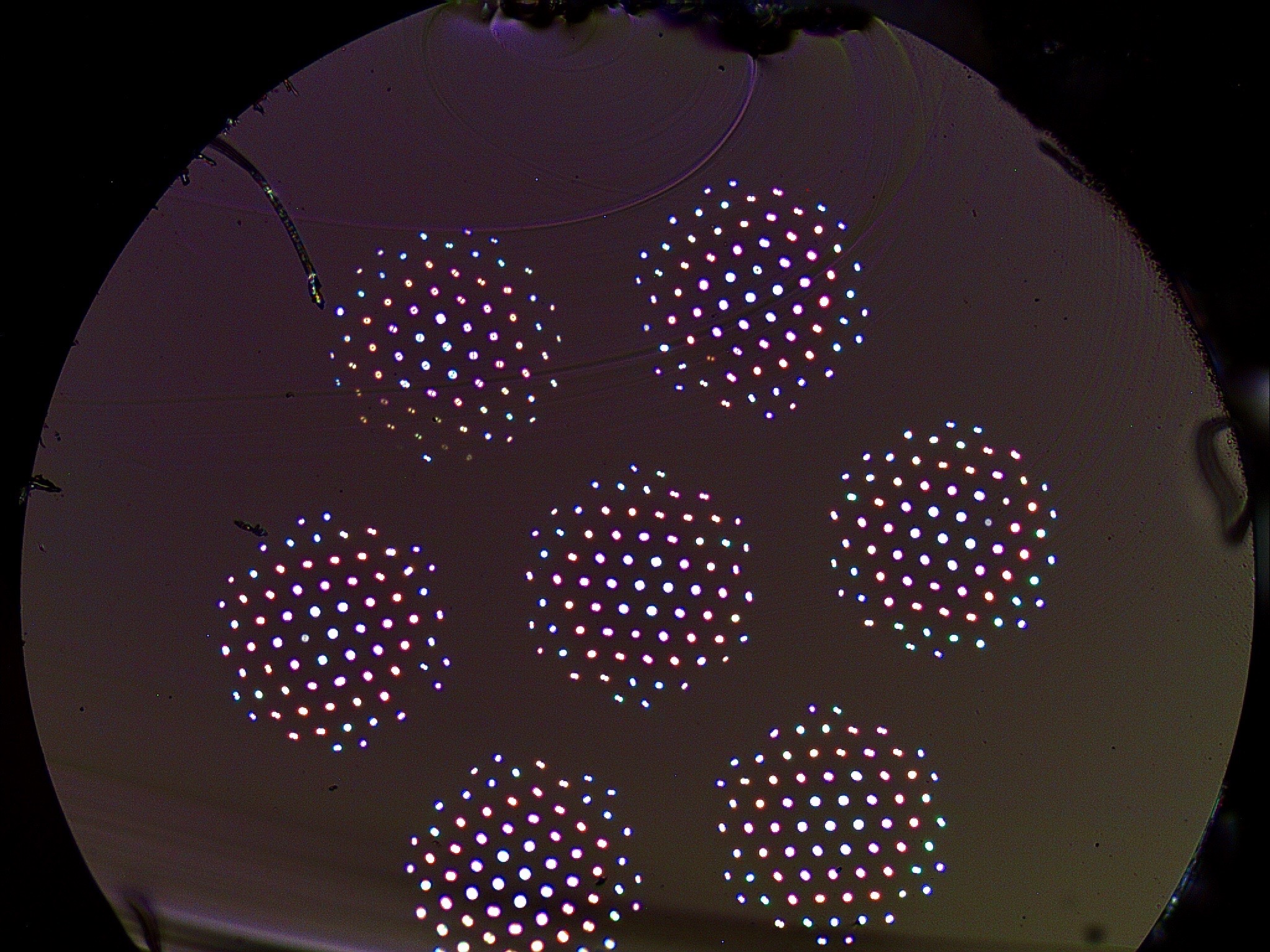Astrophotonics
JRA6 Workpackage of OPTICON
Optical Infrared Coordination Network for Astronomy, Horizon 2020
Home
 Astrophotonics is a rapidly developing field that aims to develop photonic technologies that can enhance the sensitivity and functionality of the next generation of ground-based optical/infrared instrumentation for European and Worldwide astronomical facilities, including the Extremely Large Telescope (ELT). The objective of the work-package is to develop revolutionary guided-wave photonic technologies that can efficiently couple seeing-limited (un-corrected) and partially AO-corrected PSFs into highly stable and precise optical/infrared spectrographs, with very little optical loss or degradation of the signal.
Astrophotonics is a rapidly developing field that aims to develop photonic technologies that can enhance the sensitivity and functionality of the next generation of ground-based optical/infrared instrumentation for European and Worldwide astronomical facilities, including the Extremely Large Telescope (ELT). The objective of the work-package is to develop revolutionary guided-wave photonic technologies that can efficiently couple seeing-limited (un-corrected) and partially AO-corrected PSFs into highly stable and precise optical/infrared spectrographs, with very little optical loss or degradation of the signal.
The two technologies underpinning the development are (i) multicore fibre (MCF) photonic lanterns (PL), which provide ultra-low loss connections between multimode and single-mode waveguides, and (ii) 3D waveguide structures fabricated by ultrafast laser inscription (ULI), which can arbitrarily reformat the light pattern by routing the singlemode waveguides. Together, these complementary technologies can increase the stability and sensitivity of precision spectrographs by rendering their design insensitive to the telescope's focal plane parameters and suppressing modal noise in multimode relay fibres. Individually or in combination, they can efficiently implement diffraction-limited functions and instrumentation to benefit science cases requiring high precision and high throughput visible/NIR spectroscopy from ground-based telescopes.
Synergies and Technology Applications
The technologies and techniques developed in this work package will have application across and benefits from several of the work-packages within this proposal and regional funded activities undertaken by collaboration partners such as: the AAO, USYD, ING, INAF and Optoscribe (SME).
- Adaptive optics (JRA1 & NA1) – coupling optimisation of photonic/fibre systems and AO.
- New Detectors (JRA3) – Detectors would be useful for order sorting for photonic spectrographs.
- Time domain Astronomy (NA4) – Photonic reformatters as couplers for low cost spectrographs.
- Additive manufacturing (JRA5) – rapid prototyping and device packaging opportunities.
- Innovative diffractive elements (JRA7) –combine photonic lanterns and reformatters with VPHs.
- Innovations network (NA5) – potential for technology transfer to other fields and SMEs.
- Interferometry (JRA8 & NA2) Applicable for beam combiners and pupil reformatters.
- Enhancing community skills (NA3) – The summer school programme.
- ELT instrumentation – The technology development is specifically targeting ELT instrument applications and the phase A studies for both ELT-HiReS and ELT-MOSAIC.
- Current generation instrumentation – Upgrades enhancing performance and functionality.
- Benefits for society – The techniques and technologies have strong technology.